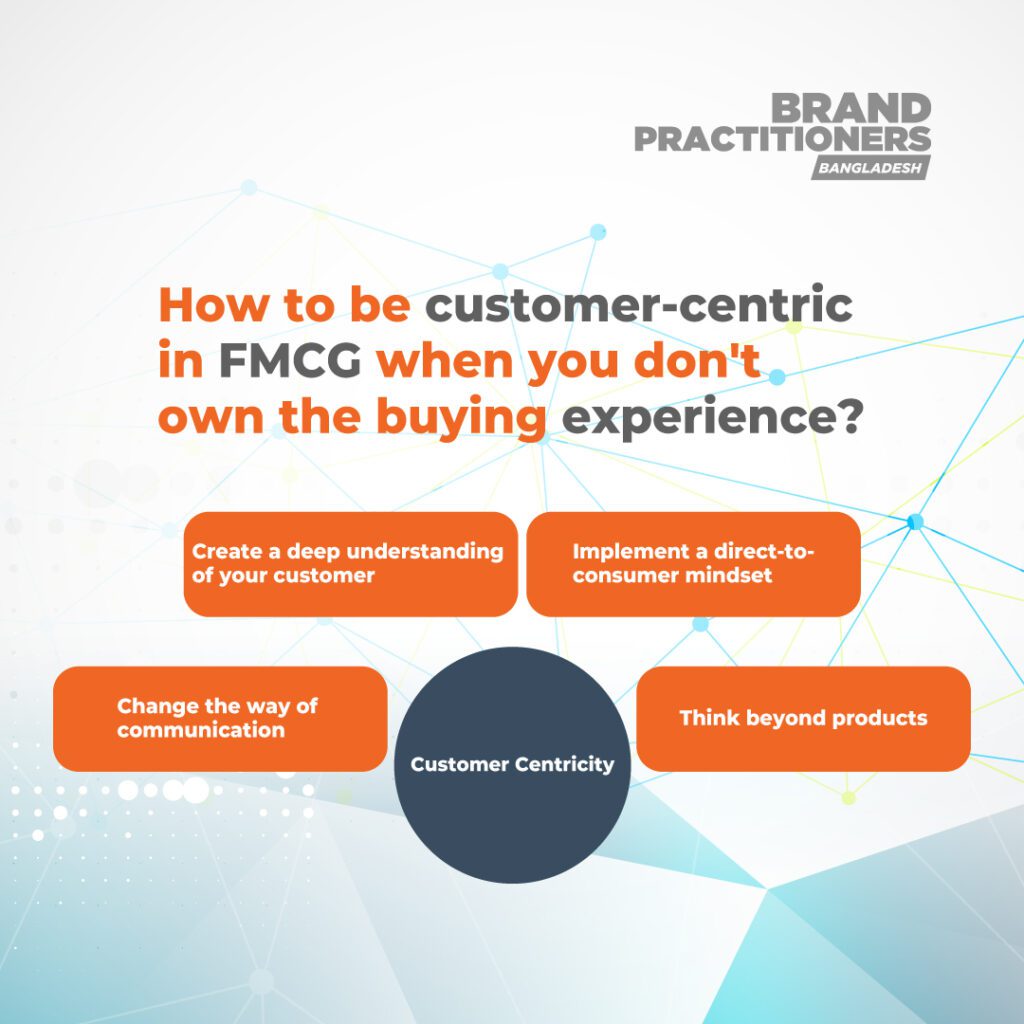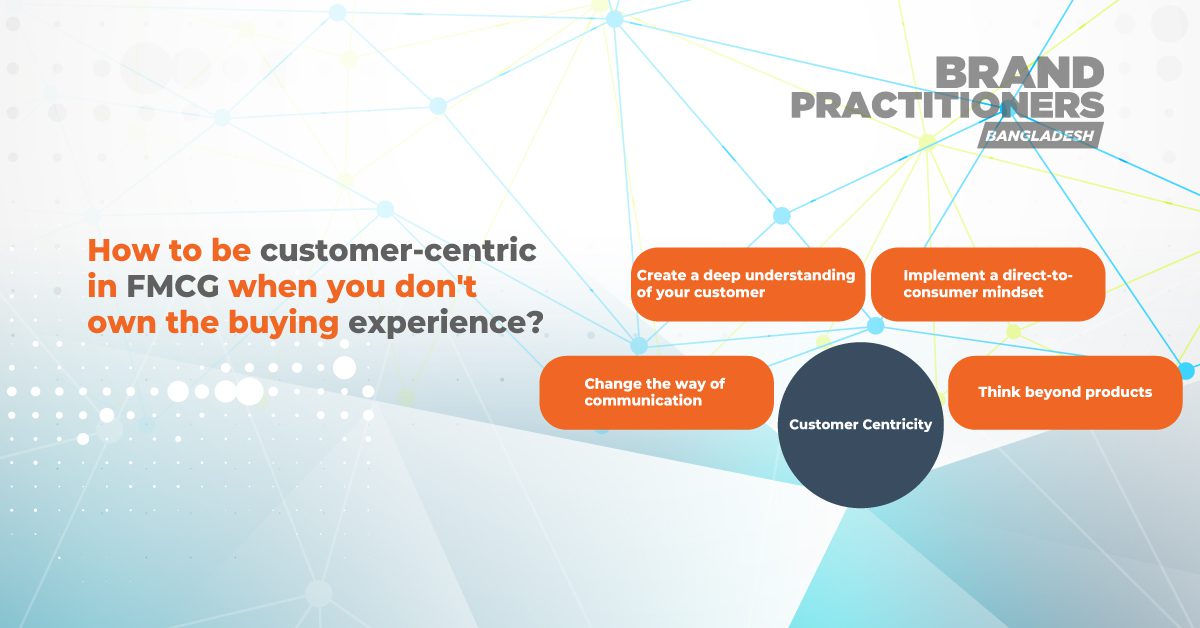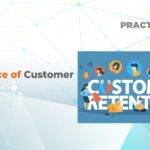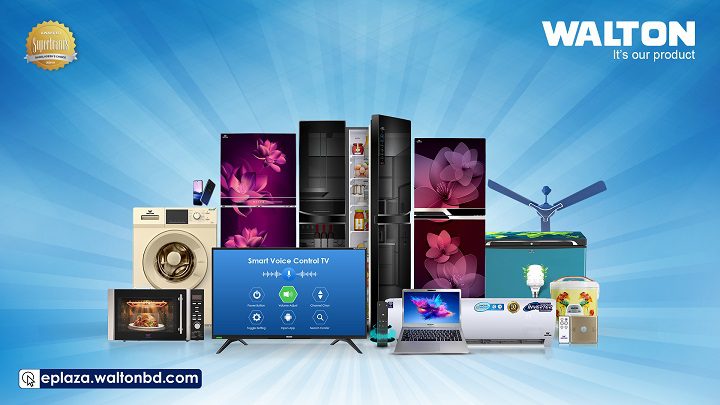Customer centricity is gradually becoming a business KPI in more and more companies. But how do you tackle it if you don’t own the experience of selling the product to the end consumer? This is the case for many FMCG companies that distribute their products through retailers or supermarkets: they don’t control one of the most important parts of the FMCG customer journey. In this blog post, we’ll have a look at how you can still implement a customer-centric mindset to have a lasting impact on the consumer.
The old way of selling
Distributing products through supermarkets used to be an easy way of selling for FMCG brands to grow revenue. They had to meet two requirements to generate sales:
- penetrate the market sufficiently
- create enough brand awareness
But the tide is turning. The power of retailers is increasing as a lot of supermarkets are selling their own non-branded products to compete with big FMCG players at a lower price. On top of that, the impact of mass media is decreasing. FMCG brands can’t just buy their market share anymore. The message they put out there needs to resonate with the end consumer, so they keep on buying their products through retail networks. In short, they need to actively think about their end consumer and convey a customer-centric message to their audience.

-
Create a deep understanding of your customer and look at what brings value to the market
Gone are the days when innovation in packaged consumer goods meant slapping a new label on a product. That doesn’t cut it anymore. Organizations, whether they sell directly to their customer or not, need to understand what customers need and how they can bring value to differentiate themselves from the competition.
Whereas it can be hard to capture that knowledge through customer feedback, it’s not impossible to ask your customers. One solution is to print a QR code on the packaging that leads to a low-threshold survey. If you’re looking for product feedback, you can easily ask for a CSAT (Customer Satisfaction) score asking how satisfied the customer is with the product.
Want to understand how your brand is doing overall? A simple NPS℠ (Net Promoter Score) survey will already point you toward some insights about why people love your brand.
Want to learn more about which survey to run at which touchpoint in the customer journey? Check out our free ebook about NPS℠, CSAT & CES.
2: Implement a direct-to-consumer mindset
Getting your product directly to the customer is an important way to start focusing on the customer experience. Some brands are already experimenting with a direct-to-consumer (D2C) approach in FMCG. This has increased since 2020 and it is easy to understand why. With more consumers making purchases online, you can easily cut out the middleman by offering your own B2C webshop and lowering your prices. On top, it’s also easy to get feedback after purchase if you own the relationship with the end consumer.
It’s also a strategy that can be tested offline. Unilever for example gave customers in big cities the possibility to order Magnum ice cream through Uber Eats. So their customers could just order their ice cream and have it delivered at home, instead of having to go and buy it in the supermarket. Which, in the end, is also a more effortless experience.
3: Change the way of communication
As marketers know: it doesn’t work (anymore) to use the same ads on Facebook as on TV. Companies have to use the capabilities of digital to their advantage. By making highly targeted ads, they can reach more specific audiences to be more relevant. Personalization is key. As a company, you find something that matters for a specific audience, and that’s why they will buy your product. On top of that, different customer segments use different channels more actively, so making sure the message is differentiated and personal is crucial.
4: Think beyond products
And last but not least, think beyond your product. A good product or service and a digital experience are minimum requirements for companies nowadays. It’s a commodity, the customer kind of already expects brands to deliver on this. Therefore, it doesn’t always make a big impact if you offer it. But if you’re not doing it right, the customer will however be unhappy about it.
More:
The Future Of Marketing: More Creative, Customer-Centric












